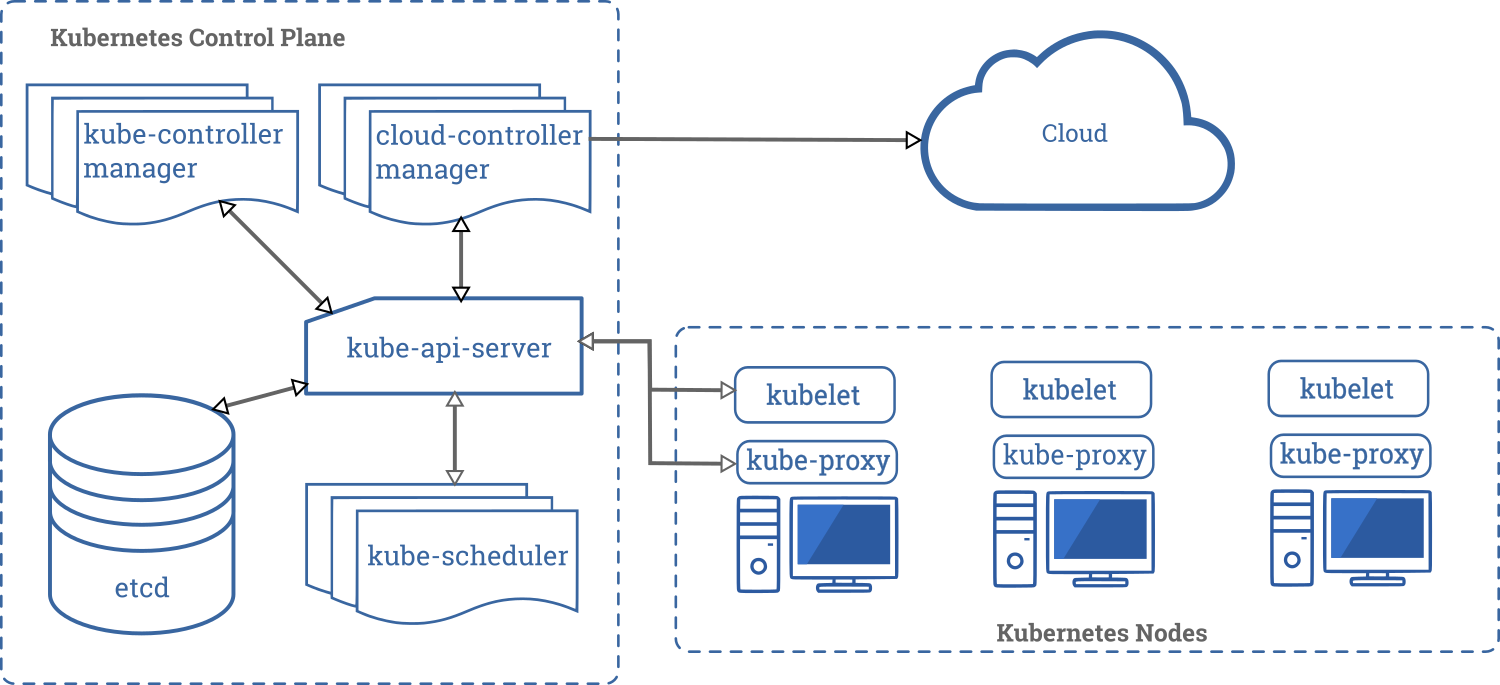January 31
As we move further into the future of remote work, the architecture of our digital infrastructure must evolve with the needs of enterprises and their employees. It’s critical that everyone stays connected through reliable networks, low latency, and optimal application performance, no matter where they’re located.
Agile technologies are driving this future and hybrid workforces benefit from the exciting capabilities of hybrid cloud and a hybrid workforce. To harness the best of the cloud and the best of data center capabilities, IT teams are increasingly designing applications with agility.
Here are four foundational elements of application agility as workloads and enterprise scale horizontally into the future.
Containerization
Containers are lightweight components that decouple infrastructure dependencies from the application to easily enable deployment of those applications. Containerized applications can load substantially faster than those with infrastructure dependencies, which provides a seamless, secure, infrastructure agnostic and agile experience that maximizes uptime and improves user experience.
Containerization also provides security benefits. In fact, automated security and governance are built into the application lifecycle. Disposable containers and container orchestration provide quick patching and simplified configuration management. Each of these tools encourage an efficient, compliant system right from the start.
Kubernetes
Developed by Google, as an open source solution to automate the deployment, scaling, and management of containerized workloads, Kubernetes is a container orchestration system that waves the baton before the container orchestra. Kubernetes API connects users to the pods and worker nodes that deliver application data at scale.

The Cloud Native Computing Foundation (CNCF) reported in the 2020 Cloud Native Survey that “Kubernetes use in production has increased to 83%, up from 78% [in 2019].”
This growth is anticipated to continue due to the infrastructure agnostic impact of Kubernetes, or K8s. Some of the benefits of K8s include:
- Containers can be killed, replaced, and self-healed automatically.
- Efficient scaling. K8s provide horizontal scaling of the deployed application, where it can be scaled as needed from command-line to user-interface.
- Regular application health checks with automated rollbacks and rollout
- Load balancing features that provide different IPs to the containers behind a single DNS name to manage the load on the containers.
Colocation
Digital transformations and cloud technologies have increased application agility and enhanced application delivery at scale. As the cloud has grown so has colocation. Like peanut butter and jelly, country music and Dolly Parton, colo and cloud are better together.
Colocation as yet another way to focus teams on their core differentiators.
- Organizations can focus on their core competency and leave physical infrastructure concerns to the pros.
- Benefit from predictable, stable, and redundant space, power and cooling.
- Creating a flexible environment that allows you to prepare for any future changes, including with the freedom to shift between cloud and colocation over the generations of the applications evolution.
- Shift spend from CapEx to OpEx.
- Have access to carrier competition and cloud on-ramps.
No matter what your needs are, there are colocation solutions that cover the full range of your organization’s needs as we continue to move forward into the hybrid future.
Application-First Mindset
Trying to shoehorn an application onto an infrastructure is never ideal. Instead, an infrastructure-agnostic philosophy focuses on the needs of the application and delivery of the workload. Performance, user experiences, flexibility, security, and scalability become the SWOT analysis for application design and delivery, and not existing contracts.
Is Your Organization’s Digital Infrastructure Ready for the Hybrid Future?
Of course, preparing for a hybrid future likely means making infrastructure changes. Whether your objective is to create a scalable infrastructure, improve security to prevent cyber attacks, enhance application user experience, or iterate faster, starting with an infrastructure-agnostic mindset can set your IT team up for success.
From tailored colocation, including cabinets and cages, to custom-built suites, Evoque facilities allow physical hosting close to your required locations or public cloud zones to maximize performance and minimize latency. Evoque’s Multi-Generational Infrastructure strategy enables organizations to have the widest range of options possible to optimize their workload deployment, through a combination of on-premises, colocation, edge data centers, cloud, and multi-cloud configurations.
Request an infrastructure assessment for more information on optimizing your organization’s digital infrastructure through colocation, interconnectivity, and more.



